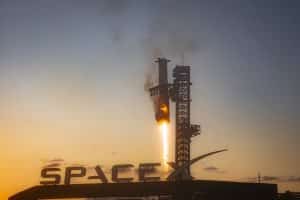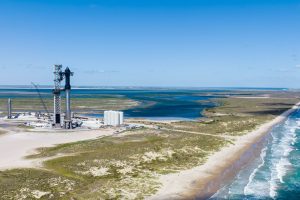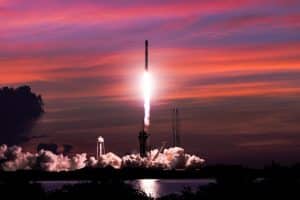NASA says that its mission to the asteroid 16 Psyche will no longer be able to launch in 2022 after engineers were unable to verify the readiness of the spacecraft’s software.
What could amount to being a few weeks or months behind schedule will have major ramifications for the mission, extending its cruise phase – the time between launch and arrival at Psyche – by years. On top of significantly increasing Psyche’s overall cost, the delay means that yet another payload meant to launch on SpaceX’s Falcon Heavy rocket in 2022 (or earlier will) has slipped to 2023.
For years before its debut, Falcon Heavy itself was indefinitely delayed as SpaceX priorities and technology constantly shifted around it. Even after the first version of Falcon Heavy finally debuted in February 2018, SpaceX chose to immediately upgrade the rocket to use the latest Falcon Block 5 variant, which again experienced months of delays.
A bit less than a year behind schedule, the first upgraded Falcon Heavy successfully completed the rocket’s first commercial mission – Arabsat 6A – in April 2019. The second Falcon Heavy Block 5 followed suit in June 2019 with a rideshare mission that doubled as a complex test flight that ultimately allowed the US military to certify the rocket to launch its most valuable satellites. The rocket has not launched once since. As previously discussed on Teslarati, virtually every spacecraft manifested on Falcon Heavy since the rocket’s first three launches has experienced major delays.
“For unknown reasons, virtually every near-term Falcon Heavy payload has slipped significantly from its original launch target. Within the last few weeks, USSF-44 – meant to launch as early as June 2022 after years of delays – was “delayed indefinitely.” Delayed from Q3 2020, USSF-52 is now scheduled to launch in October 2022. ViaSat-3, once meant to launch on Falcon Heavy in 2020, is now NET September 2022. Jupiter-3, a record-breaking communications satellite that wasn’t actually confirmed to be a Falcon Heavy launch contract until a few weeks ago, recently slipped from 2021 and 2022 to early 2023.”
Teslarati.com – May 26th, 2022
Just a month later, USSF-44 is now NET December 2022, USSF-52 has reportedly slipped to April 2023, and Psyche has slid to July 2023. At least for now, ViaSat-3, USSF-67, and USSF-44 are still targeting 2022 launches, but it will take a minor miracle and the abrupt end of patterns of delays for even one of those missions to avoid slipping into 2023 over the next 3-6 months.
As a result, SpaceX continues to accumulate an increasingly absurd fleet of unflown Falcon Heavy boosters that were manufactured and tested for launch targets that are now years behind schedule. The company is now storing nine different Falcon Heavy side and center cores, one of which supported Falcon Heavy Block 5’s first two 2019 launches and the other eight of which are qualified for flight but have never flown. The grounded fleet may soon grow to 10 boosters, compared to the 11 or fewer active Falcon 9 boosters SpaceX will likely end the year with.
Due to the nature of interplanetary launch windows and destinations, Psyche will be a particularly painful delay for NASA. The August to October 2022 window NASA was recently targeting would have allowed the 2.6 ton (~5700 lb) spacecraft to enter orbit around 16 Psyche in early 2026. According to NASA, the best possible backup launch window in 2023 will now delay orbital insertion to 2029 or even 2030, effectively doubling the Psyche spacecraft’s cruise time. According to a 2022 decadal survey, the cruise phases of missions of a similar class have cost at least $30 million per year, meaning that Psyche’s 2022 to 2023 launch delay could easily cost NASA an extra $100 million.





